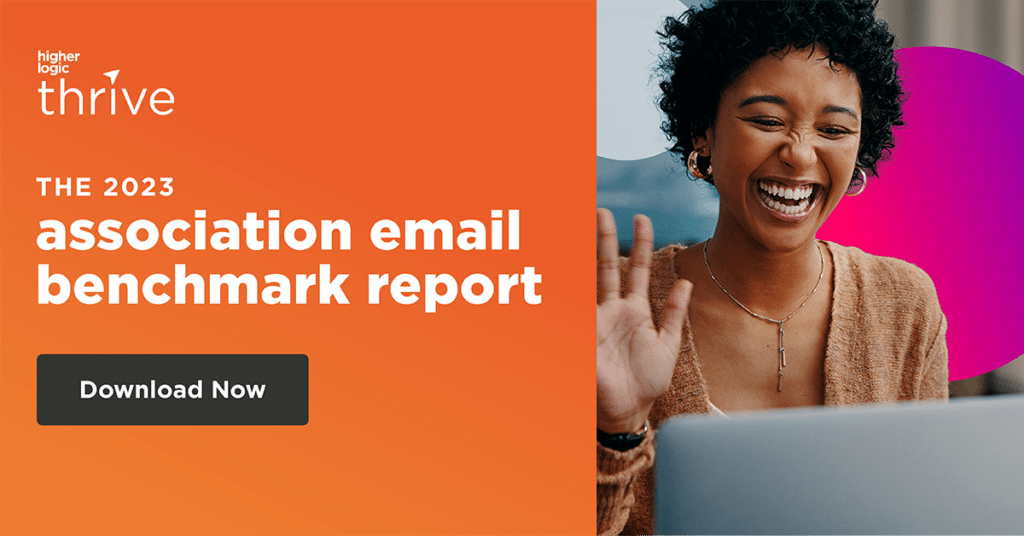
Avoiding Spam Traps: How to Safeguard Your Email Deliverability
In the realm of email marketing, success hinges on engagement, deliverability, and maintaining a reliable sender reputation. However, lurking in the shadows of your contact list lies a stealthy foe known as a “spam trap.” These traps can wreak havoc on your email campaigns, causing poor email deliverability and tarnishing your sender credibility.
In this post, we’ll expose spam traps, explore their detrimental impact, and equip you with actionable strategies to dodge their pitfalls.
What is a Spam Trap
A spam trap is a cleverly disguised tool employed by inbox service providers (also called ISPs) and anti-spam organizations to identify and penalize senders with poor email practices. Spam traps masquerade as valid email addresses but are intentionally inactive or nonexistent. When a sender sends emails to a spam trap email address, that indicates to the internet service provider or anti-spam organization that the sender is likely engaging in spammy or unethical email practices.

Types of Spam Traps
There are a number of spam traps to look out for, each with their own warning signs. Here are the most common spam trap types:
- Pristine Spam Trap: These traps are email addresses created explicitly as traps and have never been associated with any legitimate communication. These email addresses are often embedded into websites, so when spammers scrape the sites to create their contact list, the spam trap ends up there. Falling into these traps signifies a severe lapse in email list maintenance and has the worst consequences of all the spam traps: your emails will go straight to the spam folder every time.
- Recycled Spam Trap: These are formerly valid email addresses that have been abandoned by users and repurposed by ISPs as traps. These are more challenging to detect as they once had genuine engagement. While this spam trap isn’t as harmful as the pristine trap, if a marketer sends continuous emails to these spam traps, their sender reputation will decline over time.
- Typo Spam Trap: Created to catch typos made by marketers while collecting email addresses, typo traps ensnare senders who don’t verify the accuracy of their lists. This includes email addresses with “gmall” instead of “gmail” or “yaho” instead of “yahoo”. The consequences of typo traps are the least severe but can still damage your reputation as a sender.
The Destructive Impact of Falling into a Spam Trap
The consequences of falling into spam traps can vary. They generally depend on how easy it is to catch the spam trap, how frequently emails are sent to spam traps, and how long spam traps have been in a sender’s contact list.
Here are a few possible consequences that could result from sending emails to any kind of spam trap address:
- Deliverability Crisis: Sending emails to spam traps can result in a decrease in overall email deliverability. Email providers use sophisticated algorithms to determine whether an email is legitimate or spam. If you, as a sender, are regularly triggering spam traps, your overall sender reputation may be negatively affected, leading to lower deliverability rates.
- Reputation Damage: Falling into spam traps is a strong signal of poor email hygiene and potentially unethical email practices. This can damage your sender reputation in the eyes of email service providers, anti-spam organizations, and recipients. A tarnished sender reputation is difficult to rebuild. Once marked as a spammer, ISPs are hesitant to trust your emails, impacting future campaigns.
- Blacklisting: Consistent engagement in spammy practices, including hitting spam traps, may lead to a sender’s IP address or domain being blacklisted. Being blacklisted means that major email providers may reject or filter out emails from that sender, making it difficult for legitimate messages to reach recipients.
How to Avoid Spam Traps
Now that we’ve outlined the types of spam traps and the consequences of falling into them, how do you avoid these crafty email traps?
It’s mainly about practicing good email hygene and observing best practices. Here are some tips:
- Maintain Your Email Lists: Regularly review and scrub your email list to remove inactive or disengaged subscribers. If you have an email recipient that hasn’t engaged in some way (whether by opening a message, visiting your webpages – which you can track with Higher Logic Thrive Marketing’s web tracking tools, or registering for events) it might be time to remove them from your email list.
- Verify Email Addresses: Employ email validation tools to detect and remove invalid or typo-ridden email addresses that could lead to spam traps. Use double opt-ins to ensure email validity during sign-up.
- Engage Responsibly: Avoid purchasing email lists or using dubious tactics to inflate subscriber numbers. Focus on organic growth through valuable content and opt-in strategies.
- Monitor Engagement Metrics: Keep a close eye on open rates, click-through rates, and bounce rates. Sudden drops may indicate spam trap encounters or larger deliverability issues.
Keep Your Emails Safe
To ensure your email messages reach your recipients, navigating past spam traps is pivotal to maintaining an excellent sender reputation and strong deliverability. Regular list maintenance and ethical engagement practices serve as your shield against these lurking threats.
Remember, the consequences of falling into a spam trap extend beyond a single campaign. They can echo through future endeavors, hampering your outreach efforts. By understanding, acknowledging, and implementing preventive measures, you can strengthen your campaigns and solidify your position as a credible sender.
Learn how Higher Logic Thrive Marketing can help you meet and exceed email best practices. Our platform has an industry-leading 99% deliverability rate and multiple features to help you craft effective, personalized member communications.
Related Resources

SPF, DKIM, DMARC: The 3 Pillars of Email Authentication
Email authentication is built on SPF, DKIM, & DMARC. These technical, essential terms will help you master email authentication and maintain brand reputation.

2023 Association Email Benchmark Report
Explore association-specific email trends and recommendations collected from over 1,500 organizations and over 2 billion emails sent by associations in 2022 and 2023.

Your Guide to Winning Back Lapsed Members
Discover strategies and tactics to create win-back email campaigns that compel former members to return.



